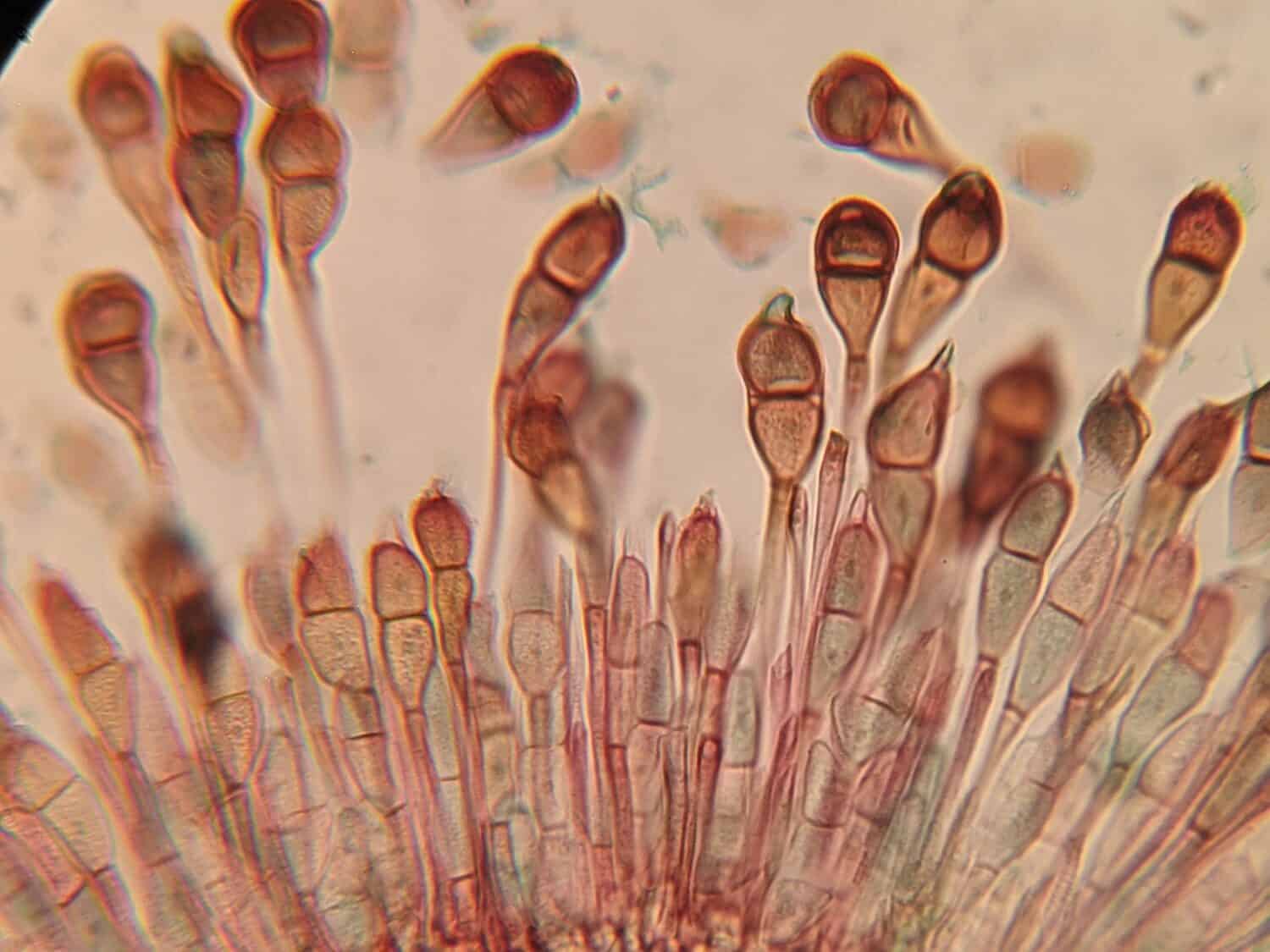An organism covers a wide variety of life, including the capability for reproduction, growth, adaptation, reaction to outside forces, and homeostasis. Animals of every type and every living thing in the phylogenetic tree fall under this umbrella.
Types of Organisms
There are nine types: producers, consumers, herbivores, carnivores, scavengers, omnivores, parasites, predators, and decomposers. Those nine terms cover every living thing on the planet, above the water and below.
Organisms in the Kingdoms of Living Things
Categories exist to place organisms in certain classes. In this case, the five kingdoms of living things include Fungi, Plants, Monera, Protista, and Animals. There are some lists with only three living things and some with seven but five is the broadest and most widely accepted.
Fungi
Organisms in the fungi kingdom include mushrooms, toadstools, mold, mildew, and anything with chitin in its cell walls. These organisms typically reproduce by spreading spores in a variety of ways but mostly through human and animal disruption.

Fungi is one of the five kingdoms of living organisms.
©Mohammed_Al_Ali/Shutterstock.com
Plants
Eukaryotic and multicellular, the plant kingdom is the oldest of the five. It includes hundreds of thousands of types of vegetation, including trees, flowers, grasses, and more. Thanks to the process of photosynthesis, plants take in carbon dioxide and release oxygen.
Animals
The animal kingdom includes two groups of organisms – vertebrates, and invertebrates. It may sound sort of obvious but animals stand separate from the other kingdoms because they can move. Animals are also the most diverse of all the kingdoms.
Protista
Protista is the most difficult for scientists because they have trouble categorizing it. However, it’s mostly a category for everything that doesn’t fall under the other four kingdoms.

Protista is largely considered a catch-all category for organisms that don’t fit within the other four kingdoms.
©Maple Ferryman/Shutterstock.com
Monera
Monera is the microscopic kingdom, including all things we cannot see, such as bacteria, viruses, and archaea. Everything in the monera kingdom is a single-cell organism and none of these organisms have a defined nucleus.
Most Common Organism in the World
Insects are the most common species of organism on the planet, with well over a million known species still in existence throughout the world. At a “number of individuals” level, insects also own the crown. Some scientists estimate as many as 30 million species, with individual insect organisms numbering well into the billions.




